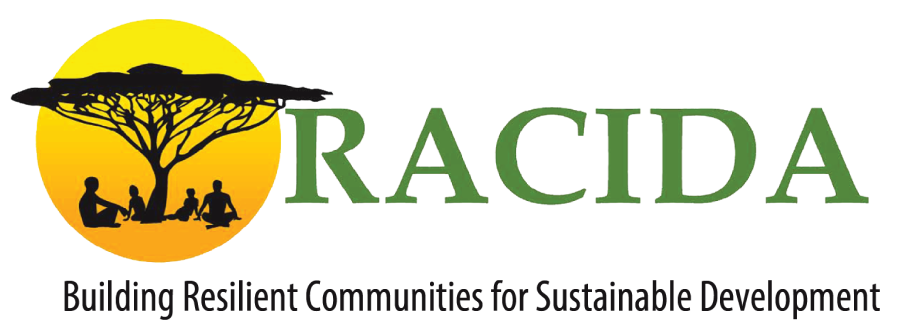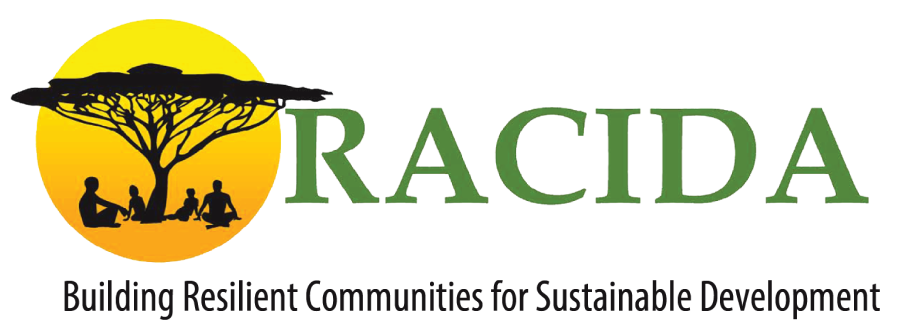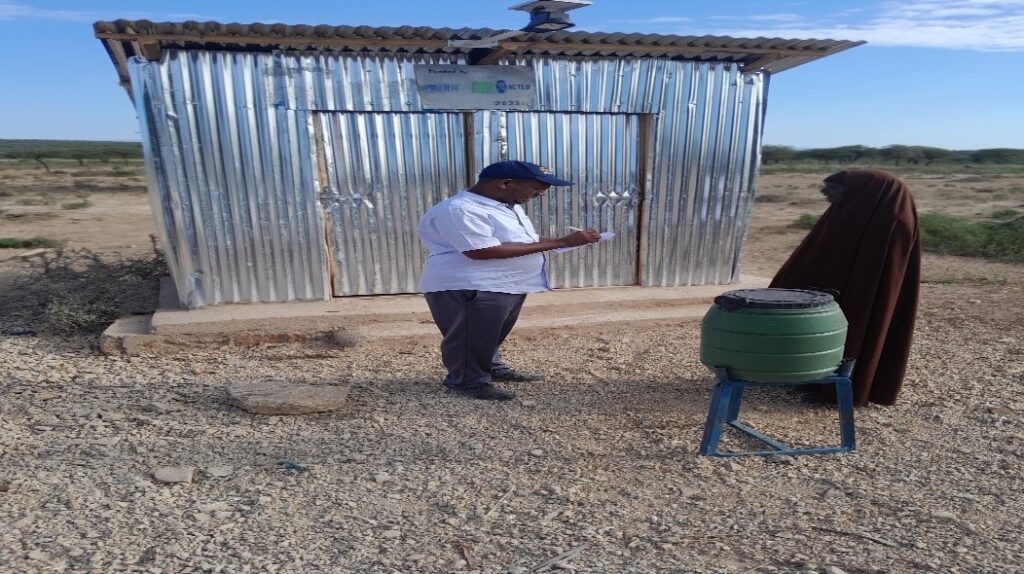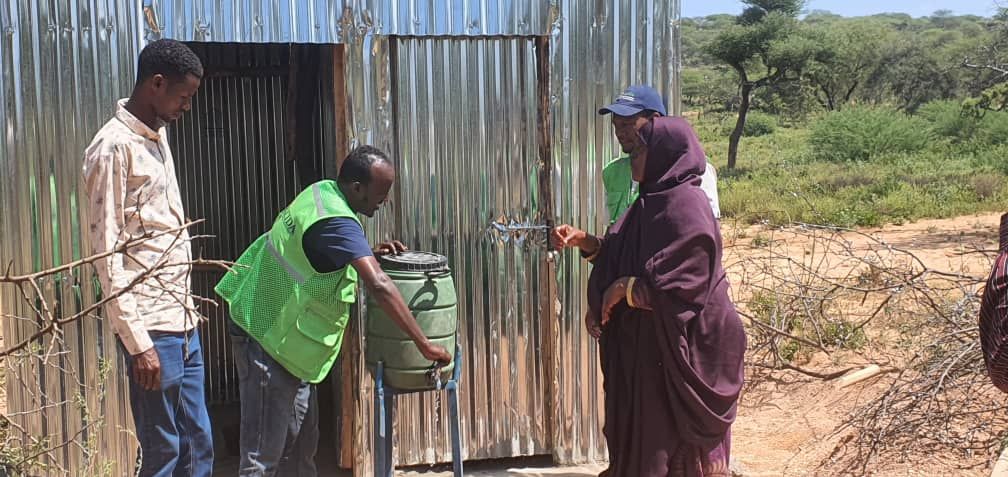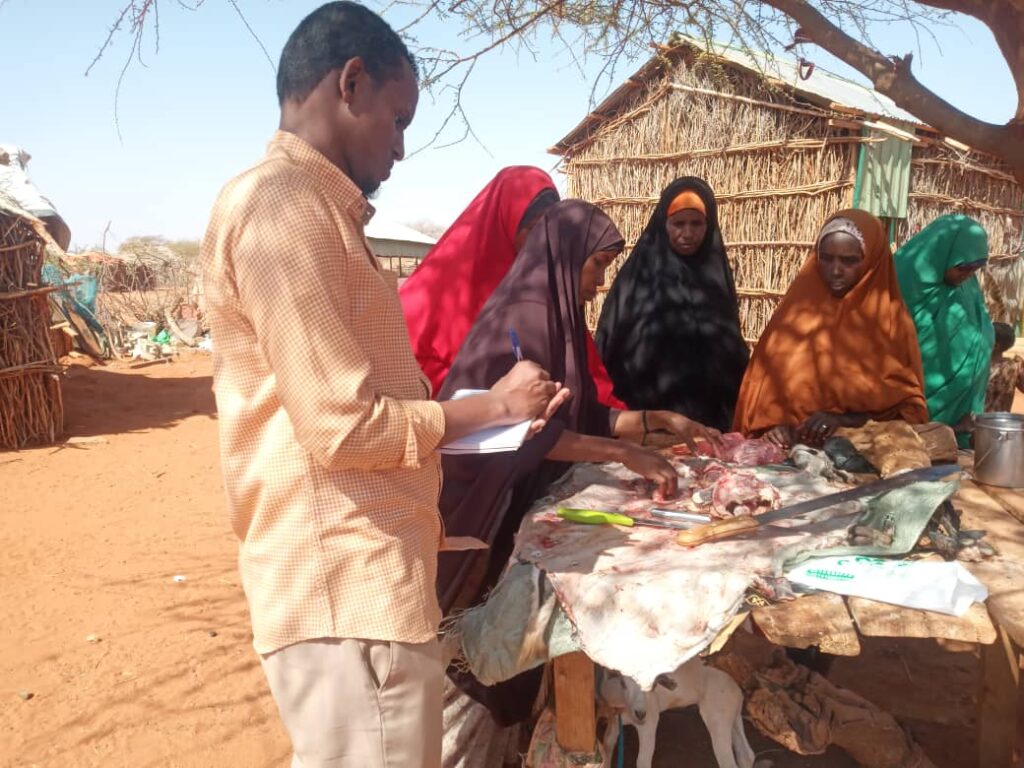BY AHMED HUSSEIN.
The last one month has seen the region literally turned upside down with helpless residents who have either lost their loved ones or whose villages have been submerged in flood waters caused by the El-Niño rains desperately appealing for assistance.
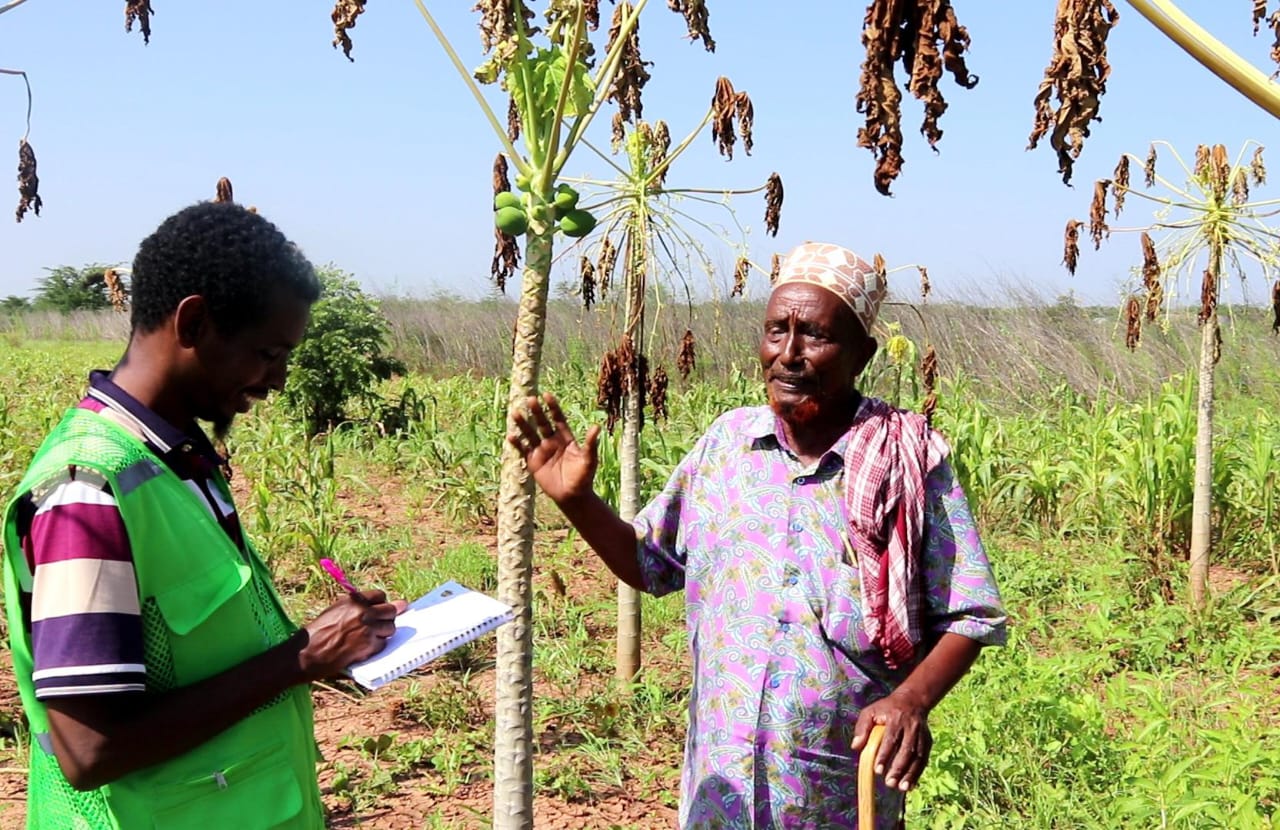
From deaths, impassable roads to widespread flooding that has caused havoc on livelihoods and shelter, pleas for humanitarian aid, inadequate food supplies, flawed town planning and management, poor workmanship, and heightened vulnerability among specific groups such as the old-aged, children, pregnant and lactating mothers the challenges are multifaceted-this is the current situation of Northern Kenya counties of Mandera, Wajir and Garissa.
It’s a scene eerily reminiscent of 1997, when El Niño rains that claimed the lives of about 2,000 Kenyans and destroyed millions worth of property, despite a four-month advance warning from the meteorological department.
The current situation calls for a collaborative effort that brings on board both the National and County governments as well as partners and stakeholders to support communities affected by the flush floods.
Number of deaths and those affected.
On Wednesday, in his annual Status of the County Address at the Wajir county Assembly, Wajir County Governor Ahmed Abdullahi disclosed that nine people have so far died as a result due to drowning in stagnant water, mainly water pans.
They include Wajir west (3), Wajir east (2), Tarbaj (2 persons), Wajir north (1 person) and Wajir south (1).
An estimated 13,600 households have been affected ,of this 6,500 households have been displaced.
Towns like Buna in Wajir North remain inaccessible by road after meaning that they can only be helped by air.
Families grapple with the loss of their homes, possessions, and, in many cases, their livelihoods. The situation is dire, and the number of affected individuals is expected to rise as the rain continues.
In Mandera County the Kenya Red cross has put the number of deaths due to floods and drawing at 15, figures of the households affected by the devastating floods stands at 19,000 with approximately 7,000 households displaced from their homes.
The impact is widespread with Elwak in Mandera South South the most affected , leaving many citizens in dire need of humanitarian assistance.
Other affected towns include Shimbir Fatuma, Damasa, Dariqa, and Lafey which are still submerged.
In Garissa according to Kenya Red Cross Society, the floods have displaced 7,278 households in Garissa county. Garissa Township is the worst-hit, with 4,372 households displaced.
The displaced individuals are spread in seven camps in Garissa Township including hyuga, Garissa National Polytechnic, Vocational training, Kasuko primary, Jairbu primary and Ziwani.
Infrastructure
Nearly 70% of our county territory is inaccessible by road in Wajir County. Earth roads have been washed away by not only the immense rain which are well above the normal annual rainfall but also by the surface run off that has converted every seasonal water path into a massive river or delta.
The only tarmac road there is which is the road between Garissa and Modogashe has been cut off completely cutting off Wajir and Mandera from the rest of the county.
This has made it extremely difficult for both food and non food items to reach to victims by road there by meaning the only available means for them to be assisted is by air transport.
In Mandera approximately 80% of all roads in the County, including A13 managed by KENHA and Group C of KERRA roads in all sub-counties, are severely affected. These road issues are expected to limit movement and access to essential goods and services in towns and villages.
Food crisis
It has become extremely difficult for traders to transport various commodities that include food items to major towns like Wajir Mandera where roads have been completely cut off.
The two towns at at risk of running out of food stocks in the shops. Matters are made worse with the weatherman predicting that the rains will continue to pound until January.
Unfortunately this difficult time has seen the traders take advantage of the suffering populace by hoarding essential goods or by unreasonably increasing selling prices disproportionate to the increase in their operational costs.
A spot check revealed that the prices of essential commodities have doubled or even tripled, with a kilo of sugar now retailing at Sh600 up from Sh200, 2kg packet of maize flour is selling at Sh600 from Sh240 and a carton of milk at Sh1,300 from Sh450.
IDP camps with case studies.
In a town like Griftu that is about 54Kms from Wajir town (4kms from Bulla Hagar, one of our outreach facilities) is among the most affected we find hundreds of desperate families putting up in make shift camps away from their homes which remains flooded from rain waters.
Halima Ali one of the residents who is among the people camping near Griftu Primary School, said that the situation is not one anyone would wish to find him or herself in.
She said their suffering has been compounded by lack of food in the camps saying children, people with disability and women are the most affected.
“This makeshift shelter is supposed to accommodate four people but 9 of us have been forced to squeeze themselves in it. I was sleeping when you came because I didn’t sleep last night. The situation is too bad. We need urgent intervention,” said .
“It’s very unfortunate that today we lack food and a place to sleep and those we elected are not even aware of our conditions,” he added.
The risk of outbreak of waterborne diseases.
The formation of health rapid response team to regularly meet to monitor and respond to any adverse health effect that may arise during this period of emergency among others is long overdue.
Mama Salatha Abdi who is camps at a nearer shelter not far from Mama Halima also expressed her concern that chances of spread of water-borne diseases like cholera is high saying that the fact that there were no pit latrines only serves to make matters worse.
”All we area appealing for are quick interventions to ease the already difficult situation. Because as we speak the pit latrines are flooded and people here are relieving themselves in open spaces. And you can imagine what that means,” she said.
Future planning.
It is encouraging to note that that the government finally put its foot down and chose to work closely with all stakeholder to address the current crisis.
Just days ago, the government established a flood emergency multi- agency command center in response to the escalating flood crisis.
Proper planning and management of bigger towns like Mandera, Wajir and Garissa, improving healthcare facilities, and fostering economic opportunities for the residents should form part of the long-term developmental strategy.
Among the pressing issues that emerge from the current crisis are the need for proper town planning and management, responding to disasters and crisis and role of the business communities in the wake of crisis.
Proper planning and management provides guidelines to the development of essential infrastructure such as roads among others. Considering the vulnerability of current affected areas to natural disasters and incorporates measures to enhance resilience.
This planning will help authorities to mitigate environmental impact and supports an organized urbanization Generally, in order to create resilient, sustainable, and livable urban settings that meet the demands and the dynamics of the residents and promote social, economic, and environmental well-being, proper town planning and management is essential.
Similarly, a well-coordinated and multi-faceted approach involving various stakeholders, including government agencies, non-governmental organizations (NGOs), communities, and individuals to respond to crisis and disasters like the ongoing one is also critical.
There is need to mobilize resources collectively by all stakeholders to enable them respond promptly to individuals affected by the crisis. This entails setting up emergency shelters, coordinating the distribution of food and water, and deploying public health and medical officers to address immediate needs of the affected members of the communities.
Ends…
